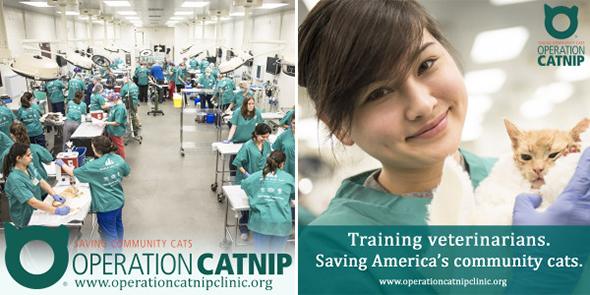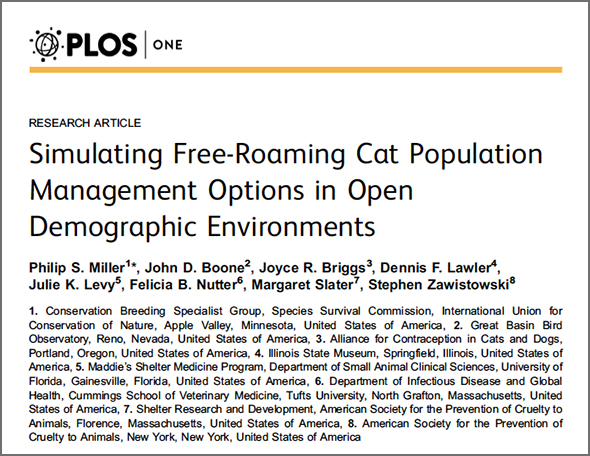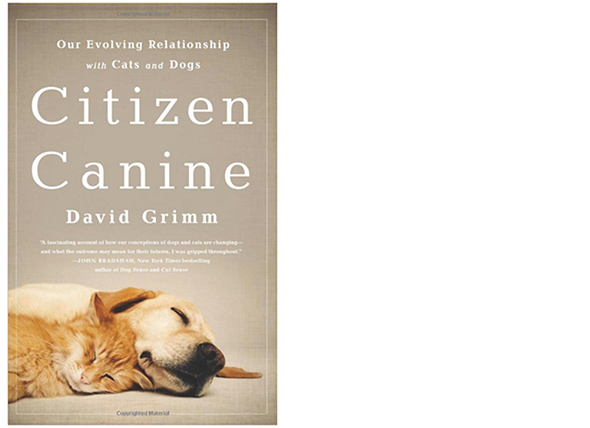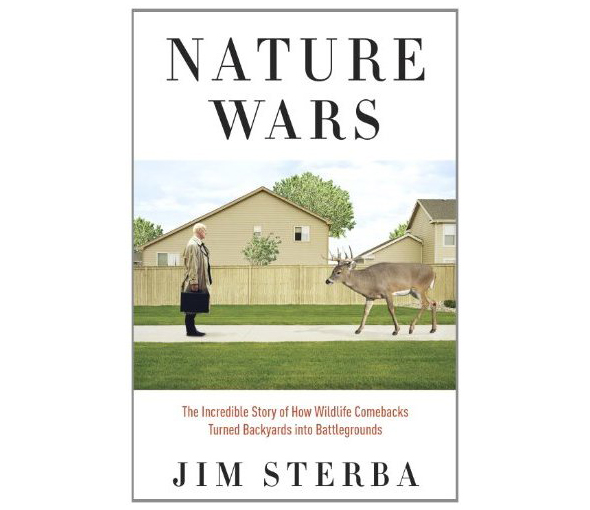In a new article published in Conservation Science and Practice, Michael Calver and a host of his fellow TNR opponents claim to “present unequivocal evidence” that TNR “harms cat welfare… threaten[s] wildlife and public health, and exacerbates rather than controls rodent problems” [1]. It’s not every day you hear scientists use the term unequivocal evidence, unless maybe it’s Andrew Wakefield or Elizabeth Holmes. Still, the basic proposal here is straightforward enough: compared to at least one other method for managing free-roaming cats, TNR performs worse on the measures in question.
So, do the authors deliver on their promise?
They don’t even bother to try. Instead, Calver and his co-authors resort to the kind of misrepresentation, misdirection, and outright gaslighting we’ve come to expect. Read more

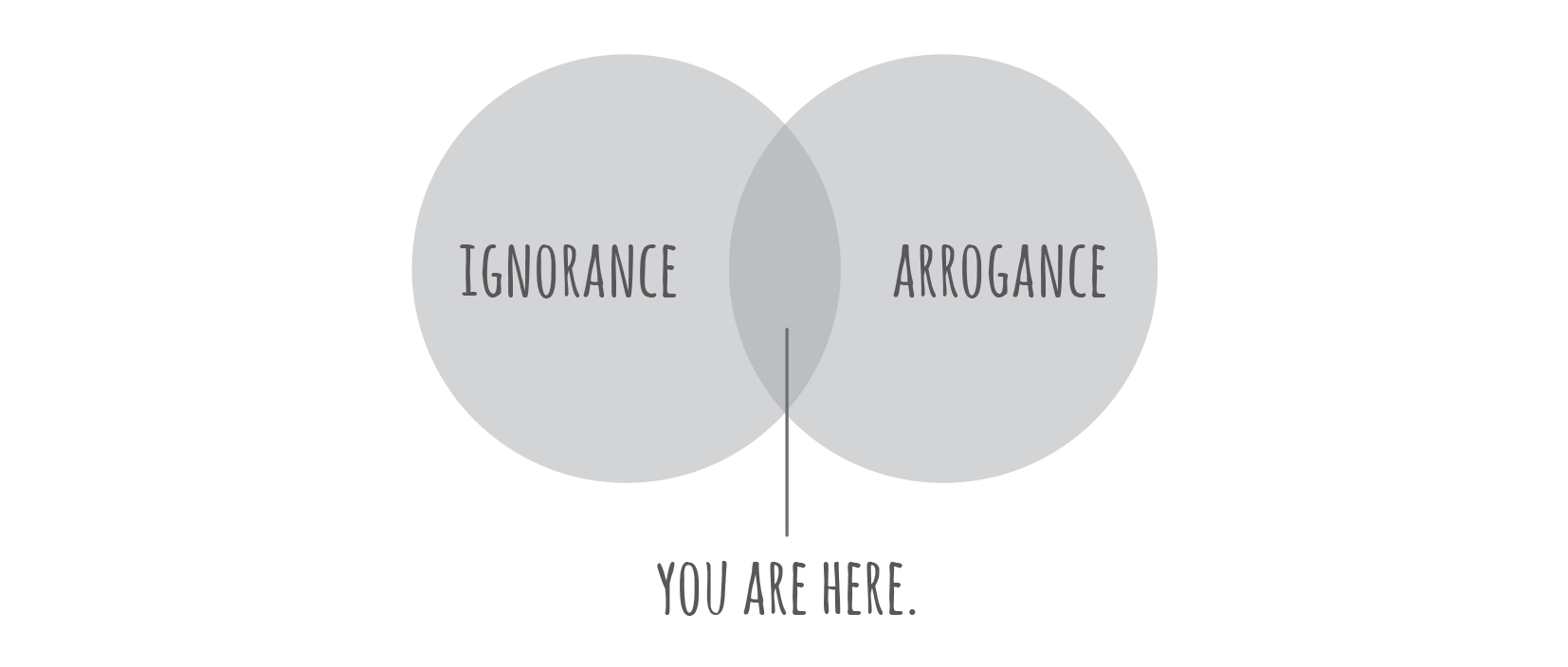 There is a kind of certainty that comes from having thoroughly investigated a problem, prodding and poking at it from every angle, taking into careful consideration all possible explanations. And there’s the kind that comes from not knowing what the hell you’re talking about.
There is a kind of certainty that comes from having thoroughly investigated a problem, prodding and poking at it from every angle, taking into careful consideration all possible explanations. And there’s the kind that comes from not knowing what the hell you’re talking about.